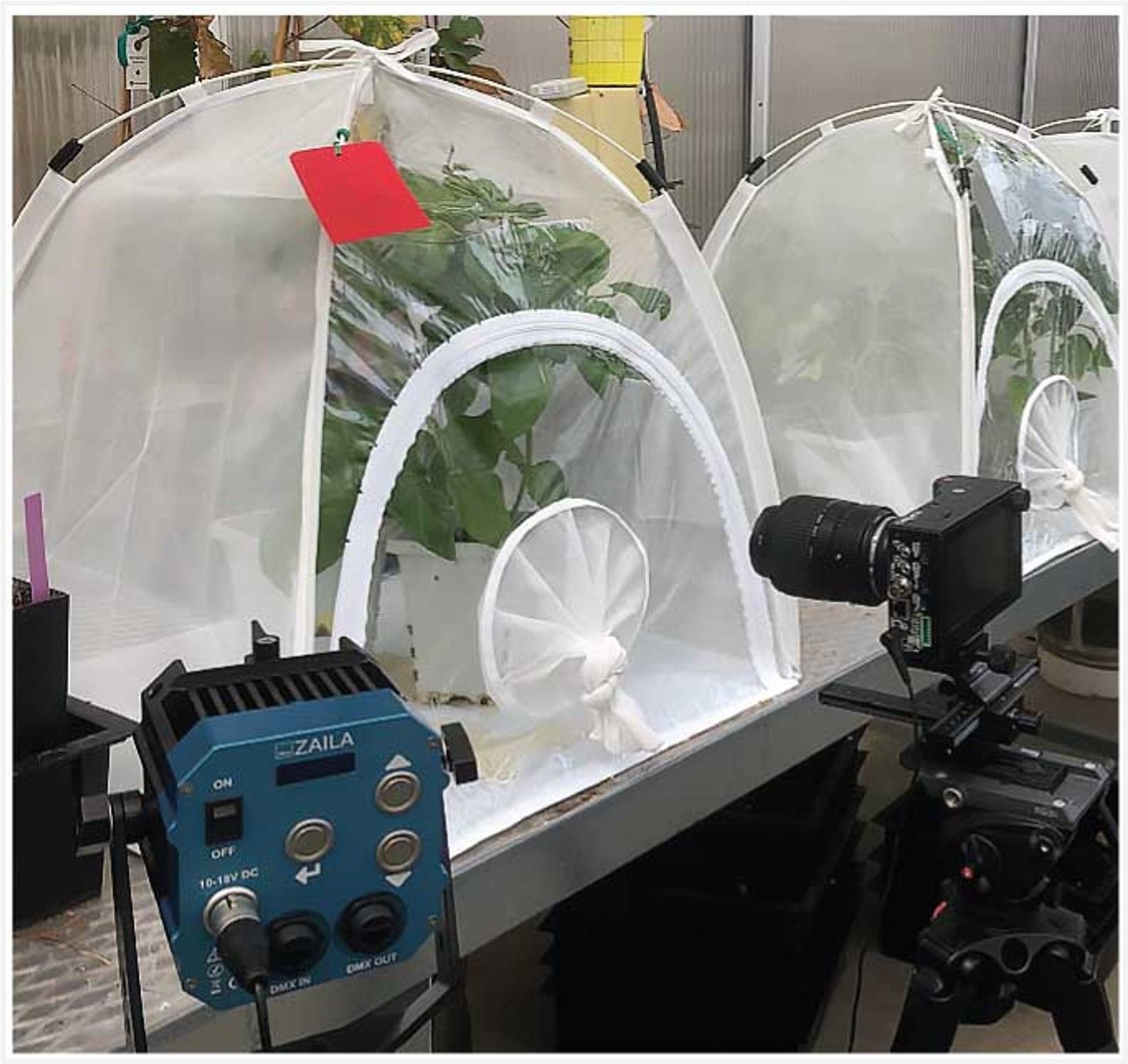Sharpshooters
Insects that superpropel their urine to save energy
These insects, smaller than the tip of a pinky, harness THE physics of superpropulsion to fling their urine droplets.
Sharpshooters (Proconiini) are small insects that use specialized mouthparts to feed on the xylem of plants, tubes that move water up the plant from the roots! These thirsty bugs are notorious in agriculture because they are known to sometimes spread diseases to the crops they visit. Due to the low-nutrient content of this ingested fluid, these insects suck up to 300 times their natural body weight per day in order to obtain adequate nutrients. But what goes in, must come out! To prevent fluidic buildup in their bodies, these insects use a catapult on their butts called an ‘anal stylus’ that flings pee droplets one at a time. But, why do these bugs need a catapult?
Through a mathematical, experimental, and computational approach, our research uncovers how these insects propel their tiny droplets at a speed faster than their stylus. The peeing insect offers insights into bioinspired energy-efficient water ejectors for applications in microfluidics and smart wearables.
Credit: RNZ / Asia Martusia King
This project was featured in Ted, nature, science, and more.
This project was featured on Germany’s 3sat Nano news!
Major questions
1) How do sharpshooters catapult their droplet excreta?
2) How do the ejected droplets move faster than the catapult?
3) Why do sharpshooters pee one droplet at a time?
4) How can sharpshooter pee inform the design of self-cleaning surfaces?
What we’ve discovered
Sharpshooters catapult their droplets using their anal stylus.
Sharpshooters form discrete droplets on a specialized appendage called an ‘anal stylus’. Once a droplet is formed, it is explosively launched by the stylus at 40 g’s acceleration.
Sharpshooters are the first biological example of superpropulsion!
Sharpshooters exploit ‘droplet superpropulsion’, which happens when the droplet excreta moves at a higher speed than the speed of the stylus. This incredible event comes about because the frequency of their anal stylus is tuned to the Rayleigh frequency of the droplet.
It’s more efficient for sharpshooters to fling one drop at a time.
Sharpshooters catapult single droplets to minimize energetic costs. Forming a jet with muscles at a small scale is energetically costly since it requires high pressure. Instead, forming droplets requires less energy. Once a droplet is formed, superpropulsion transfers the maximum energy from the actuator to the elastic projectile.
Superpropulsion principles could lead to bioinspired fluid ejectors .
Water droplets often stick to surfaces due to surface tension, which can be undesirable in several contexts. Superpropulsion of sticky droplets offers a way to eject droplets from surfaces by vibrating the surface to the vibrational frequency of the droplets, such as in the smart watch on the left.
MicroCT of sharpshooter revealing hindgut and anal stylus structure.
Read the paper
Droplet superpropulsion in an energetically constrained insect. Nature Communications (2023).
What others are saying
“The subject of this study may seem whimsical and esoteric, but it’s from investigations like this that we gain insight into physical processes at size scales outside of our normal human experience. What the sharpshooters are dealing with would be like us trying to fling away a beachball-sized globe of maple syrup that was stuck to our hand. The efficient method these tiny insects have evolved to solve the problem may lead to bio-inspired solutions for removing solvents in micro-manufacturing applications like electronics or shedding water rapidly from structurally complex surfaces.”
“Droplets of such a small size stick to the walls by capillary action,” explains David Quéré, a physicist at ESPCI. “Without an efficient ejection mechanism, they would not take off.”
Science & Vie Magazine, May 2023



















